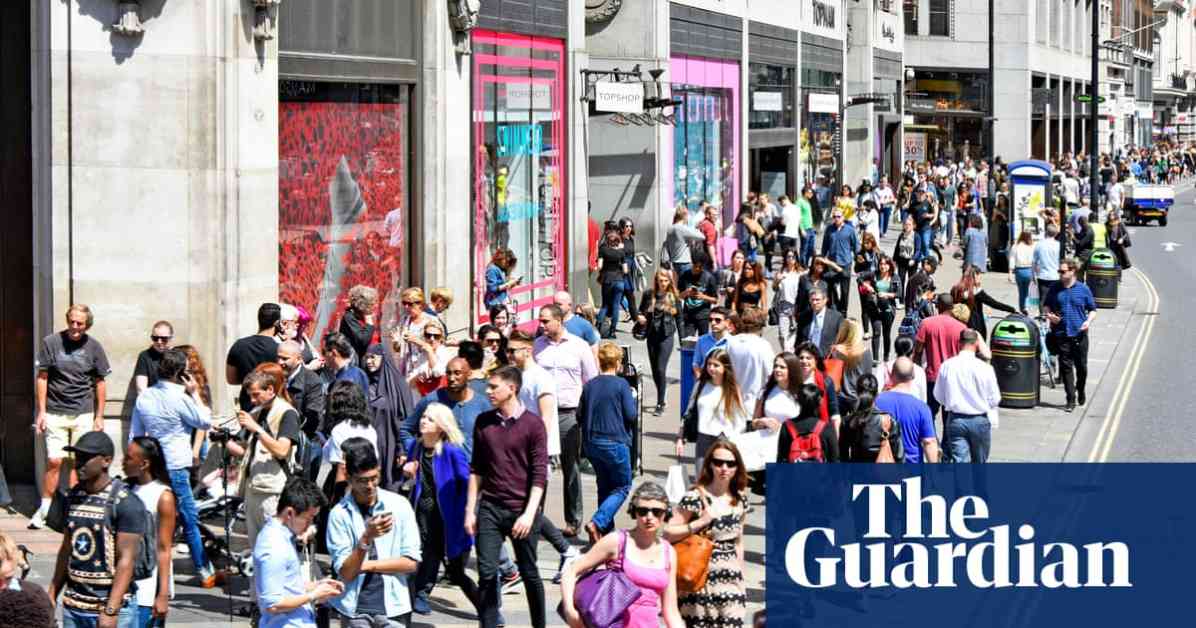London Mayor Sadiq Khan has announced plans to ban traffic from Oxford Street, aiming to pedestrianize the famous shopping strip and revitalize it as the leading retail destination in the world. This initiative comes as part of Khan’s efforts to breathe new life into a street that has long struggled to live up to its prestigious reputation. The proposed pedestrianization has been met with both excitement and concern from various stakeholders, including Westminster council, retailers, and residents.
Reviving Oxford Street
Oxford Street, known for its iconic red double-decker buses and black cabs, has been a bustling hub for shoppers and tourists for decades. However, in recent years, the street has faced challenges such as declining footfall, rising vacancies, and a changing retail landscape. Khan’s plan to ban traffic from Oxford Street is seen as a bold move to reinvigorate the area and attract visitors back to its stores.
Challenges and Concerns
While the pedestrianization of Oxford Street holds promise for increased footfall and economic growth, it also raises concerns for businesses, residents, and local authorities. Westminster council, which had previously blocked similar plans, expressed dismay over the potential impact on bus routes and their own regeneration efforts for the street. The council’s £90m redevelopment plan, which included improvements such as new seating, lighting, and pedestrian crossings, may now be overshadowed by Khan’s proposal.
Support and Opposition
Despite the challenges and uncertainties surrounding the pedestrianization of Oxford Street, there has been a mixed response from stakeholders. Retailers, such as John Lewis and the New West End Company, have cautiously welcomed the plans, recognizing the potential benefits for the area. However, concerns have been raised by groups like the Licensed Taxi Drivers’ Association, highlighting the importance of maintaining accessibility for vulnerable Londoners who rely on bus and taxi services.
Khan’s vision for Oxford Street as a car-free zone aims to create a vibrant and pedestrian-friendly environment that enhances the shopping experience for visitors. By rerouting traffic away from the street, he hopes to reduce congestion, improve air quality, and stimulate economic growth in the area. The proposed pedestrianization is part of a broader effort to transform Oxford Street into a world-class retail destination that attracts both locals and tourists alike.
The mayor’s plan to establish a mayoral development corporation with planning powers signals a significant step towards realizing his vision for Oxford Street. With the backing of the government and support from local retailers and businesses, Khan is optimistic about the potential of the pedestrianization project to restore the street to its former glory. While specific timelines for the implementation of the plans have not been set, the western half of Oxford Street is expected to be pedestrianized by 2027, based on previous proposals.
In conclusion, the pedestrianization of Oxford Street represents a major milestone in the ongoing efforts to revitalize one of London’s most iconic shopping destinations. While challenges and concerns remain, the potential benefits of creating a car-free zone are significant. By working collaboratively with stakeholders and the community, Mayor Sadiq Khan aims to transform Oxford Street into a thriving retail hub that captures the essence of London’s vibrant atmosphere.












